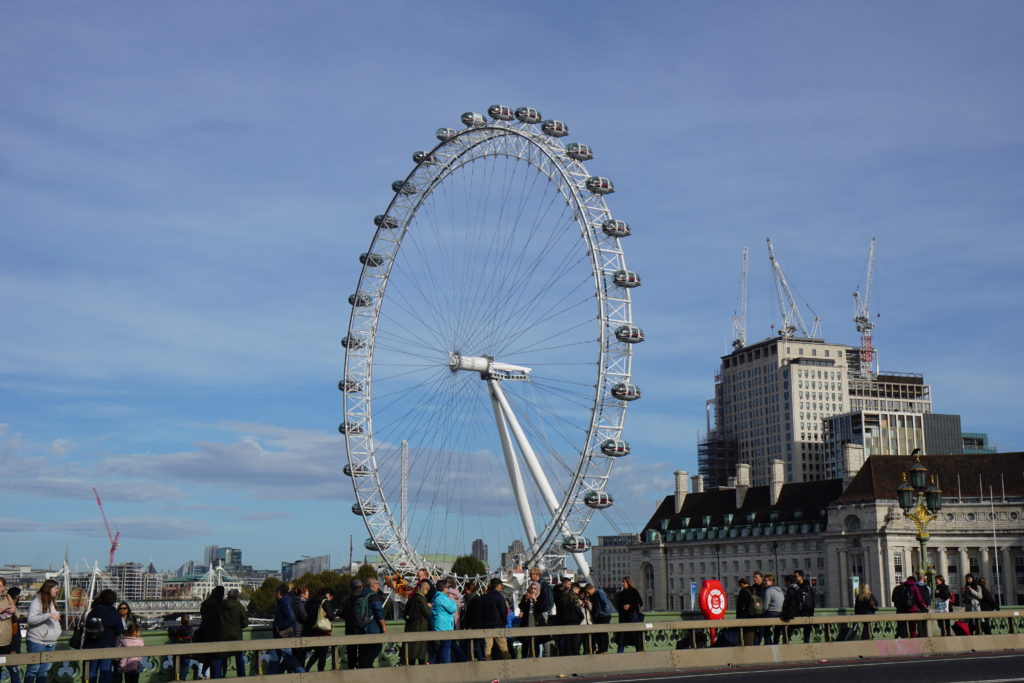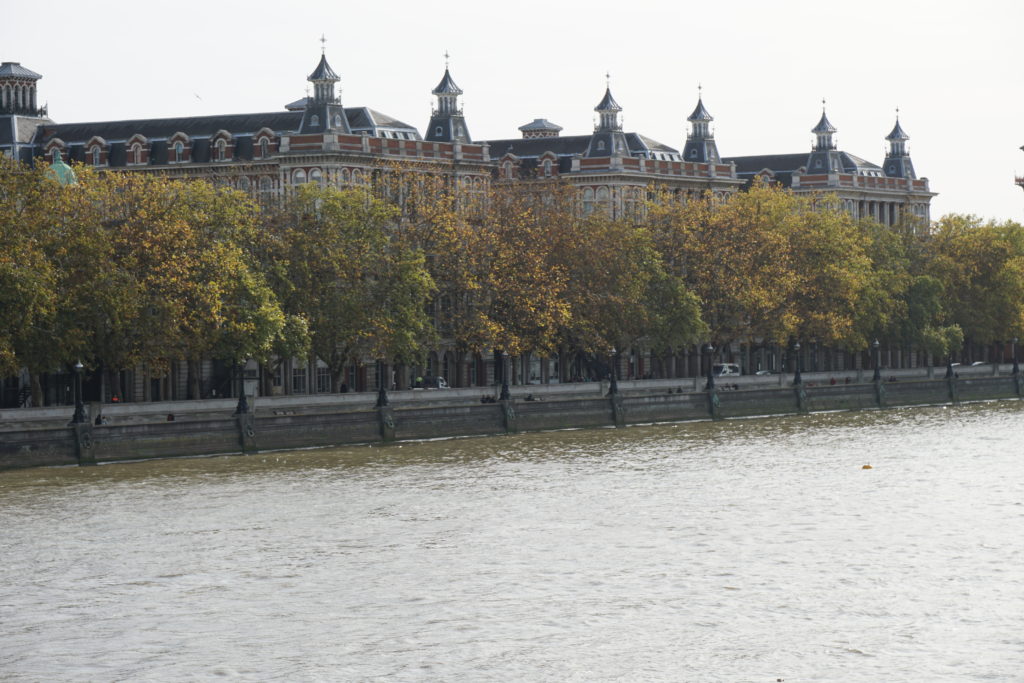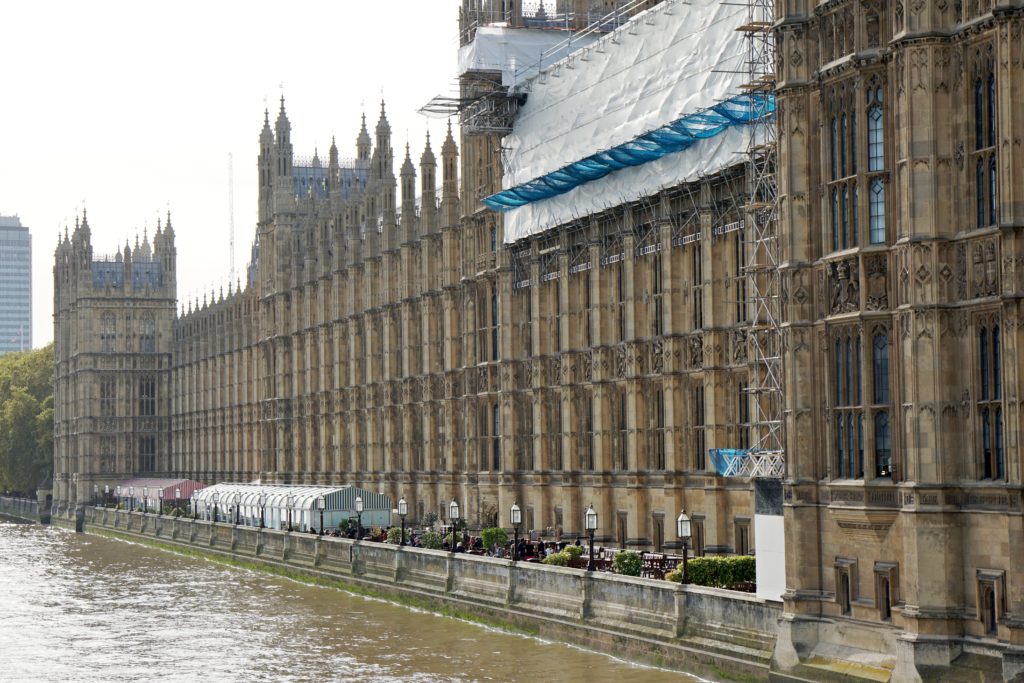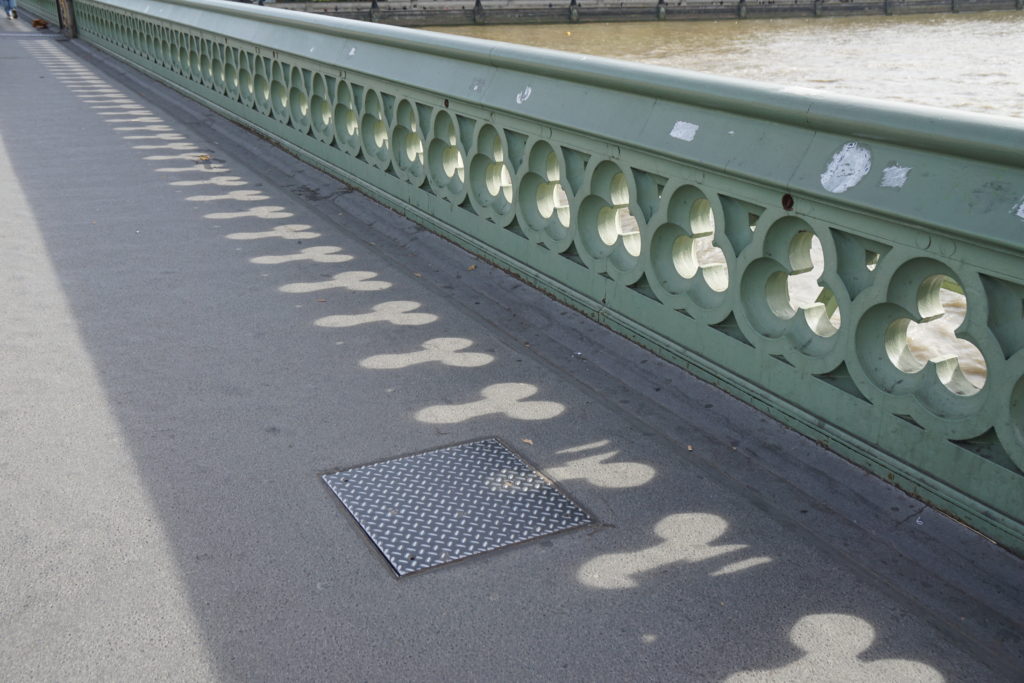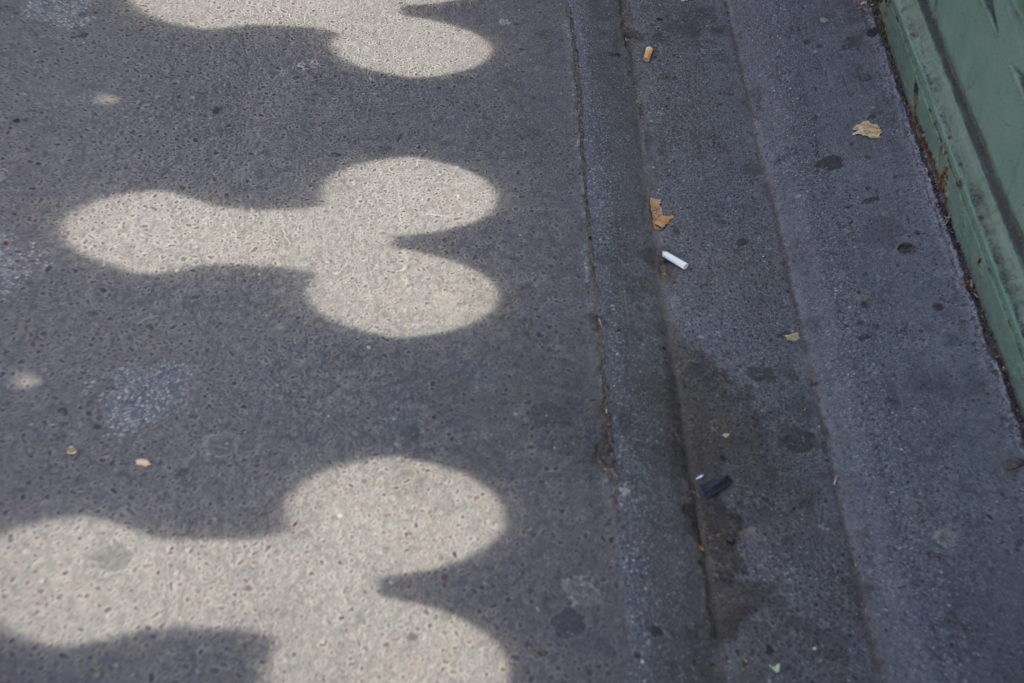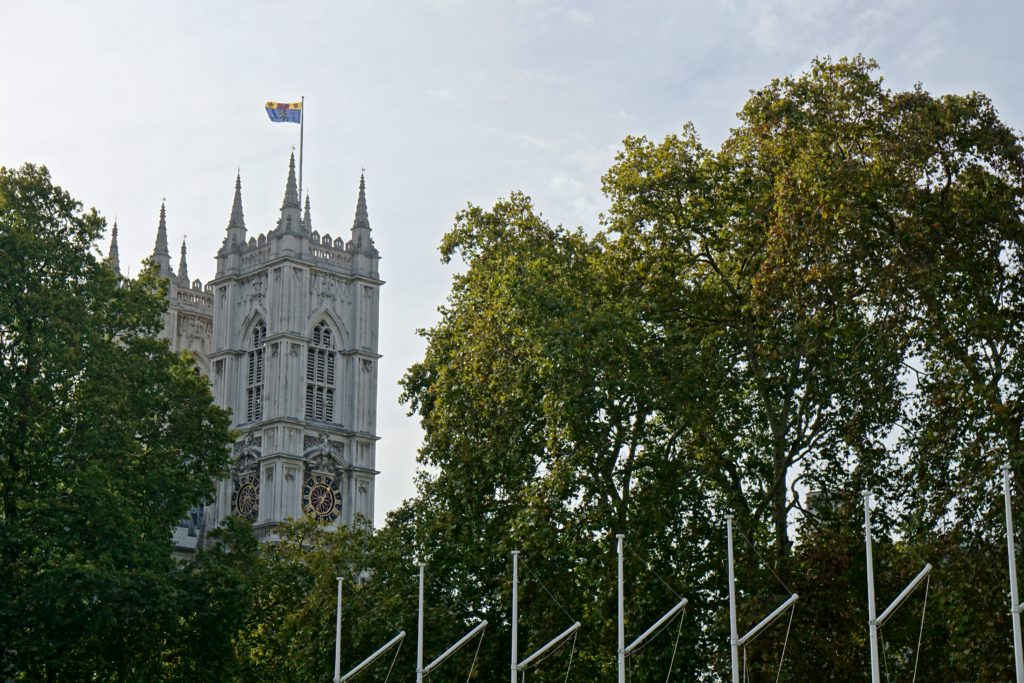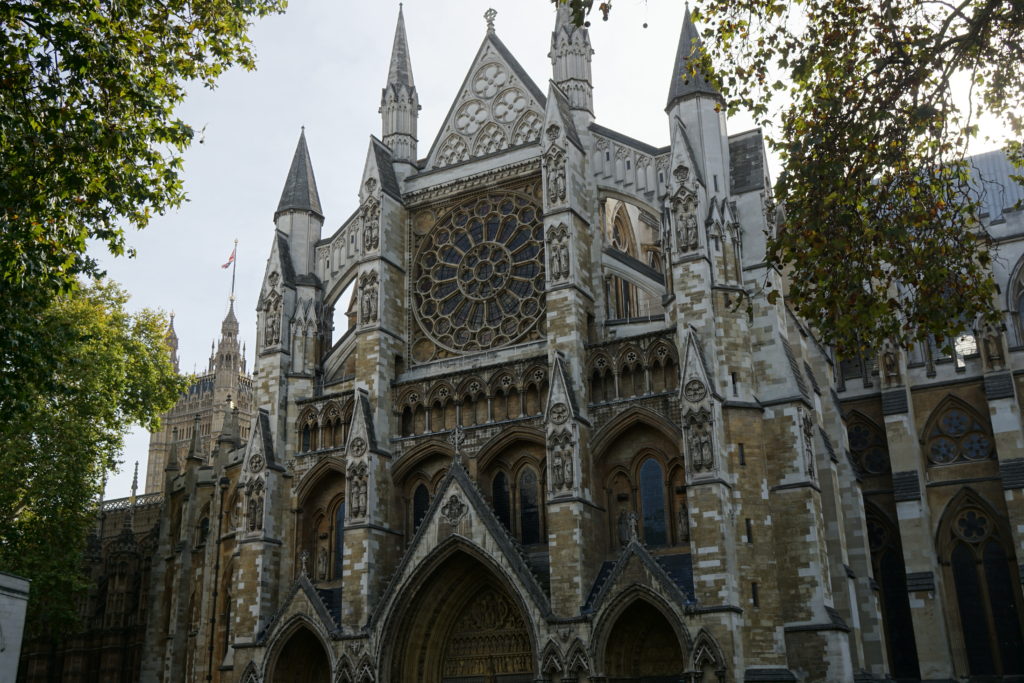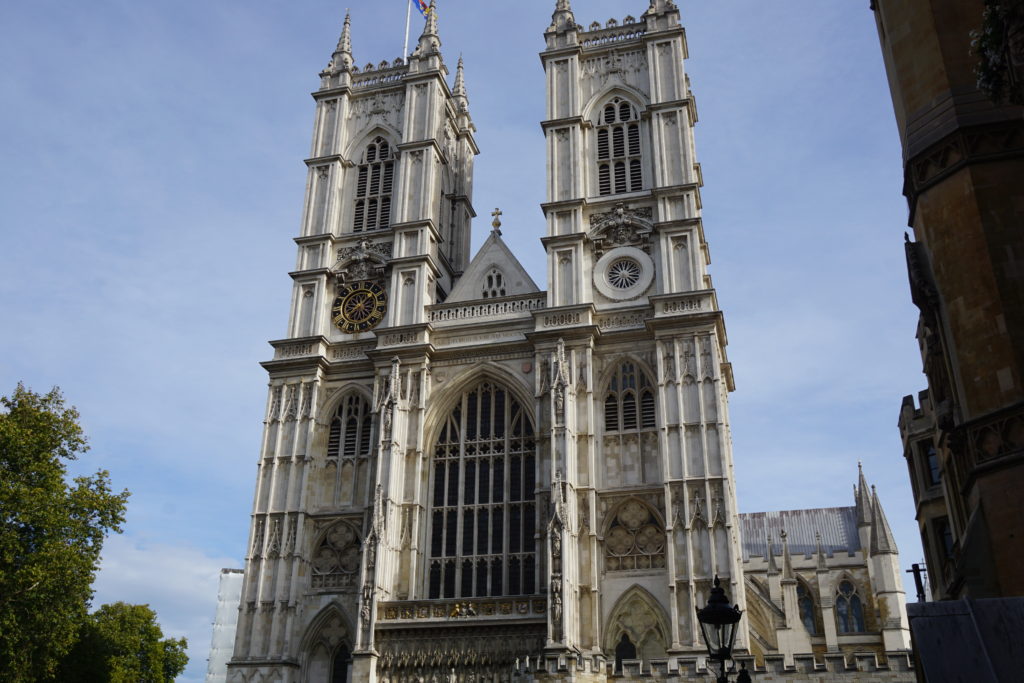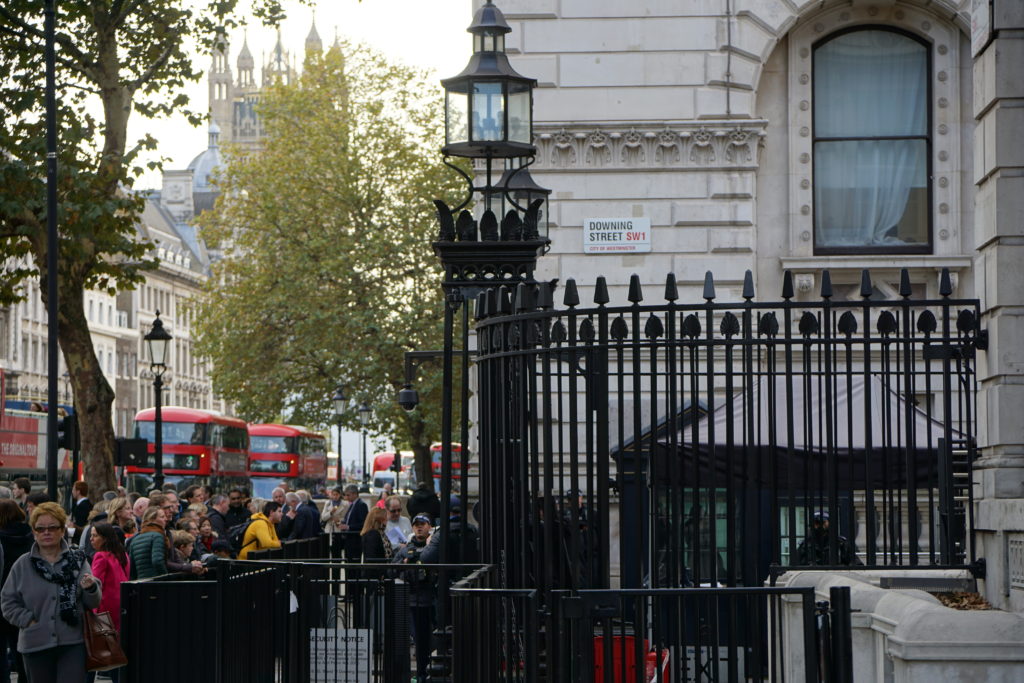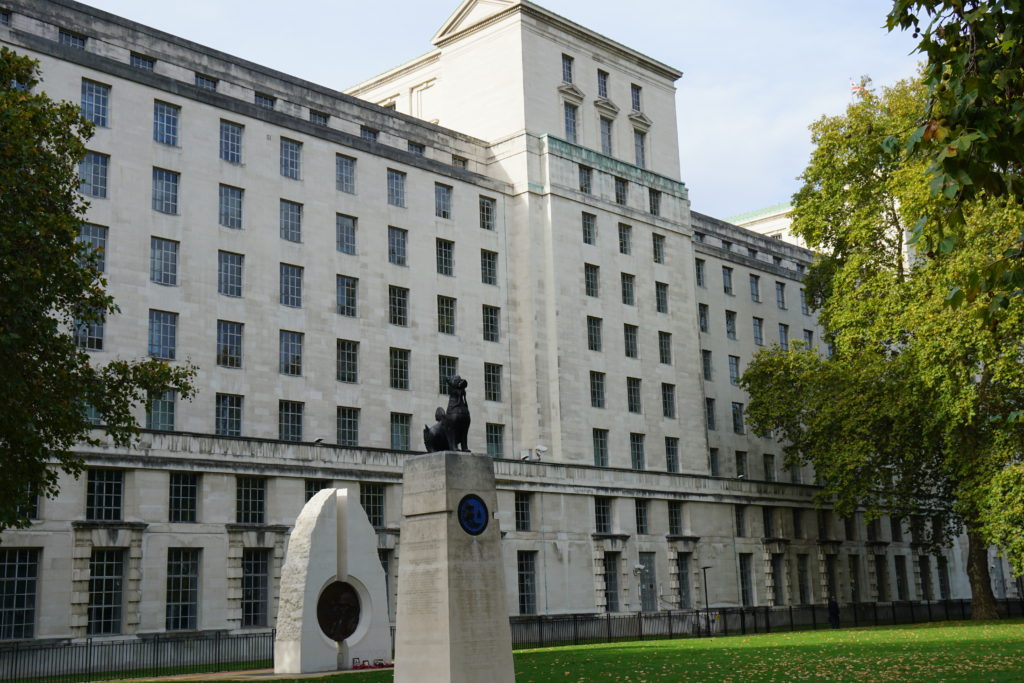Our third day in London began where our previous night had left off—Harrods. A quick recap of day two: we walked over London Bridge en route to the Tower of London, where we took a tour of Tower Bridge. We were even lucky enough to be there when the bridge opened. From there we took a double decker bus to the magnificent Leadenhall Market where we enjoyed dinner, and of course, a few pints—in a very old pub.
This productive day concluded at Harrods—with unfinished business. The largest department store in Europe, and perhaps the most famous in the world, Harrods is simply astonishing. We only managed to explore a fraction of the store before closing; so much more remained unseen. We would need to come back and see the rest.
So this is where day three begins: back at Harrods picking up where we had left off. After a short shopping excursion, we made our way back into the city to see the sights. Today we headed to the area of Westminster to see Big Ben, Parliament, and of course, Westminster Abbey.
Making our way out of Westminster Station, our first glimpse was the clock tower of Big Ben—somewhere beneath a mass of scaffolding. I’m sure it will look magnificent upon completion—and perhaps the crew will proceed to Hill Valley to save another clock tower—but for now it was not exactly the impression we were expecting. It is currently under a four year renovation, which as you probably guessed, didn’t make the best pictures pictures.
Completed in 1859, the official name of the tower was simply the ‘Clock Tower’ until 2012 when it was renamed Elizabeth Tower. Though the name Big Ben generally refers to the tower and clock, it is actually the name of the bell. The tower is part of the Palace of Westminster, commonly referred to as Parliament.
The best views of the Palace are from Westminster Bridge—which by the way, casts interesting shadows. Make your way over the bridge and you will discover phenomenal views of the London Eye (once the worlds tallest ferris wheel) on the south side of the river Thames, and the Palace of Westminster on the north.
I understand the views from the London Eye are magnificent; however, we decided on a tour of Westminster Abbey instead. The London Eye’s queue times can easily take up to a few hours. I would just as soon catch the same views on Google Earth.
WESTMINSTER ABBEY: And the Adventure that Ensued
We made our way back across the bridge and proceeded past Parliament. Just across the street is Westminster Abbey. This is the tour we looked forward to. The tricky part was figuring out where to go. The enormous building, along with large groups of people, confused the situation a bit. Should we go left or should we go right? We found what appeared to be a line—a long line! We made our way over, assuming it would lead us to the tour. I wasn’t sure if we should have purchased tickets beforehand or not. Could you imagine waiting only to find out you couldn’t get in?
Unsure if it was the right move or not, we made our way over and jumped in line. Fortunately the line was moving pretty good. A few moments later I would realize the line we were in . . . was not even a line at all. It was literally people walking down the sidewalk. Well, that was a first! There were so many people, all going the same way, slowly walking down the sidewalk—it truly felt like a line.
We reached a point where we were able to pass through gates leading into the grounds of the Abbey. This was good, right? Not quite. It turns out the entrance was on the opposite side of the building. It really didn’t matter; as it would turn out, we weren’t going in anyway. We were informed that the church was closed for the day due to a private event. Who could possibly be holding an event that would cause this massive church to be closed down to the public? I had hoped it was the Philadelphia Eagles, who would be playing in London a few days later. They needed all the help they could get. Unfortunately, it turns out it wasn’t the Eagles—shocking I’m sure—rather it was the King and Queen of the Netherlands . . . just as shocking I suppose.
MOVING ON…
The King and Queen of the Netherlands may have spoiled my visit to Westminster Abbey, but they wouldn’t spoil my day. There was still a full day of fun ahead of us. A short walk brought us to the Churchill War Rooms, a fully preserved bunker where Sir Winston Churchill set up his secret headquarters during WWII. This was on my list of things to do, but a nearly two hour wait caused me to put this off for another day. Mind you, I would still end up waiting nearly two hours to get in, but that’s a story for another day.
HORSE GUARDS PARADE
Continuing on past the Churchill War Rooms, we arrived at the Horse Guards Parade, a very large, open parade ground. I wasn’t exactly sure what it was; you really don’t come across something like this back home. It was like a park—without grass. It actually seemed quite barren.
- This was once the site of the Palace of Whitehall’s Tiltyard—tournaments and jousting were held during the time of King Henry VIII
- Trooping the Colour: This annual ceremony has not only been a tradition since 1748, it also commemorates the official birthday of the British Sovereign. This tradition dates to a time when, on battlefields, a regiments colours—or flags—were used as rallying points. During the ceremony, the colors would be slowly marched so soldiers would be able to recognize other regiments colors. This ceremony is held annually on a Saturday in June.
- Beating Retreat: A military ceremony consisting of music and military precision drill that includes horse, cannon, and fireworks. The annual event occurs two days every June, on the Wednesday and Thursday evenings preceding the “Trooping the Color.” The tradition dates back to the 1690’s. Originally, during organized warfare, troops were ordered to beat the drums to mark the end of a day of combat, recalling the troops back to camp. This was initiated at sunset by the firing of a single round from the evening gun. Today, it has evolved into a pageant of military ritual.

Anyway, we were trying to make our way to 10 Downing Street, home of the Prime Minister, but the buildings were separating us from Whitehall, the road we needed to be on. Passing through the parade ground appeared to take us where we needed to go.
We walked the open ground and approached the Horse Guards, a historic building constructed between 1750-1759 (fairly new over there). We passed through the archway to Whitehall; there we discovered Horse Guards ceremonially defended by the Queen’s Life Guard (mounted cavalry guards). I know you just had a vision in your head of a guy in a red bathing suit with zinc nose cream standing on a beach. Anyway, our timing couldn’t have been any better. We arrived just in time to witness the changing of the guards.
10 DOWNING STREET: Home of the Prime Minister
Just a few steps away is 10 Downing Street, the headquarters of the Government of the United Kingdom, and the official residence of the Prime Minister. Built over 300 years ago between 1682 and 1684, it is not only home to the Prime Minister and his family, it is also home to the Chief Mouser to the Cabinet Office—the official resident cat of the Prime Minister. I would imagine the Prime Minister seldom has a rat problem.
Despite it’s fascinating history, a visitor to 10 Downing will discover they are unable to see it—tucked away on a road that is closed-off at both ends. As disappointing as it may be, I wouldn’t scratch it off your list just yet. It is one of the most famous streets in the world. If you have an appreciation for that, you won’t leave unsatisfied. If your mindset is, “it’s just a street with lots of security,” then you can probably skip it.
MINISTRY OF DEFENCE: Once the site of Whitehall Palace
Crossing the street we proceeded towards the embankment, just a block away. We walked past the Ministry of Defence, which I have to admit: Had it not been for Austin Powers, I may not have been inspired to take a picture of the place.
The history of the site the Ministry of Defence sits on is quite fascinating. This was the location of the Palace of Whitehall, the main residence of English Monarchs from 1530 to 1698, when most of it was destroyed by a fire. At one time, this was the largest palace in Europe with roughly 1500 rooms. This overtook the Vatican in size before being taken over by the Palace of Versailles.
SCOTLAND YARD: The New and the Old
Making our way towards the embankment we approached a revolving sign that read, New Scotland Yard. Pretty cool. Headquarters of the MPS (Metropolitan Police Service), the territorial police force that is responsible for most of London. Having been a student of movies for so many years—and despite the fact that a majority of that is fictional—I know that when 💩 hits the fan, Scotland Yard is on it!
Why is it called “New” Scotland Yard? I’ll explain, but you may want to take notes to keep up. So . . . the original Scotland Yard (the old one) was located at 4 Whitehall Place near Trafalgar Square. This had a rear entrance on a street named, Great Scotland Yard—hence the origin of the name. This was used from 1829 to 1890 before moving to New Scotland Yard on the Victoria Embankment—composed of three buildings—just a short distance away. Sounds simple enough, right? Well, in 1967 they moved to newly constructed building on Broadway in Victoria, again, just a short distance away. Obviously, this was also was called New Scotland Yard. However, in 2016, yet another move. This time it was back to the Curtis Green Building, one of the buildings at it’s previously site from 1890 to 1967. It was announced the name would be changed to, Scotland Yard, yet the sign still reads New Scotland Yard.
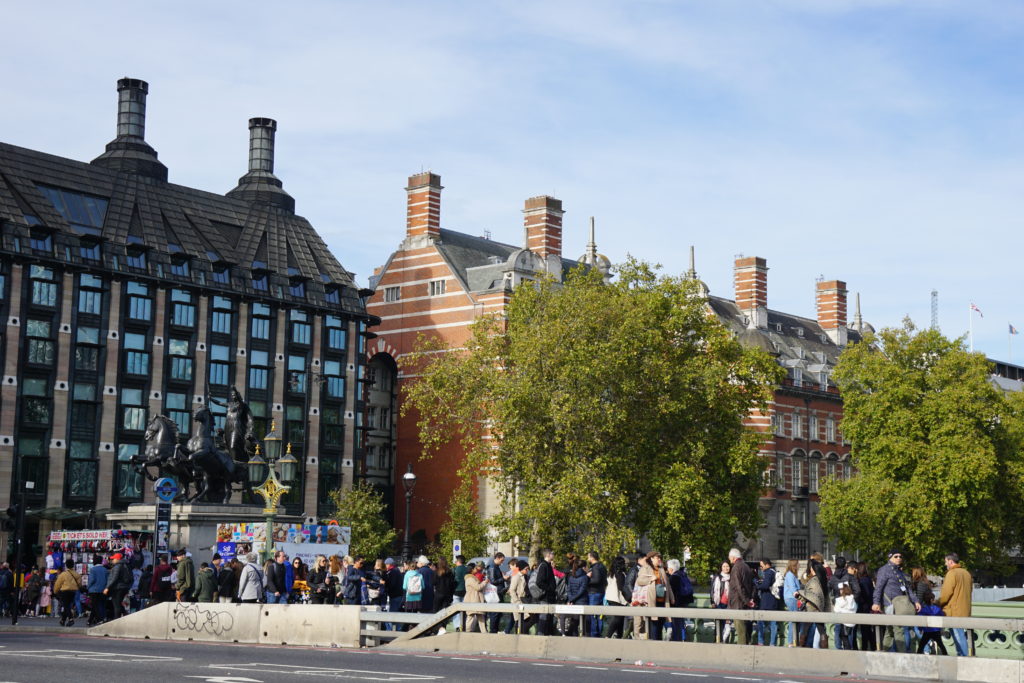
So, we have “Scotland Yard” at the site of the “Old Scotland Yard,” which was the “New Scotland Yard,” and even though it is supposedly called “Scotland Yard,” yet the revolving sign says “New Scotland Yard.” But, since it was called New Scotland Yard when it was there the first time, it’s only fitting the sign reads that way, now that it’s back at that location—even though the “new” has supposedly gone missing. Not to mention, it’s technically the new place again, even though it’s kinda not. If you really think about it, it should be called, “New New New Scotland Yard.” In the end, I believe it’s just called New Scotland Yard. Anyway…
It was time to find a place to eat. Up next . . . an amazing wine bar in an incredible cave-like setting. Click here to join us at Gordon’s Wine Bar!


